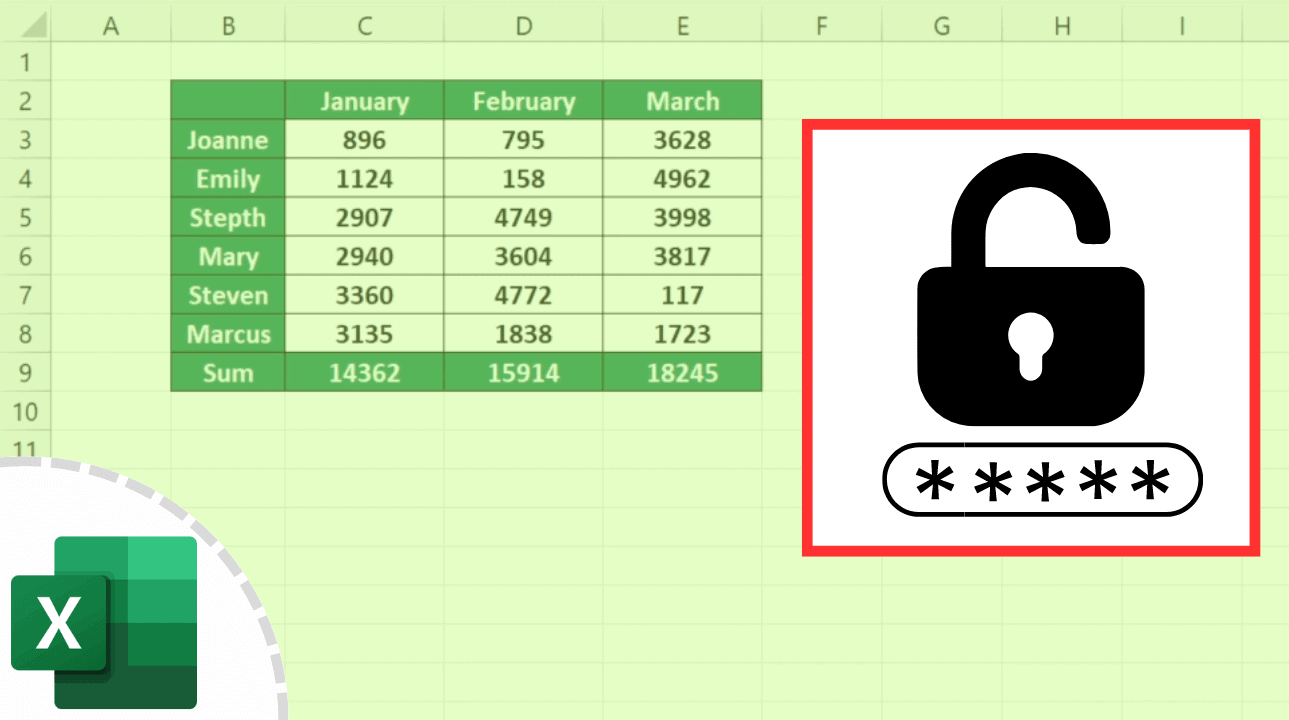5 Ways Create Spider Chart

Introduction to Spider Charts

Spider charts, also known as radar charts or polar charts, are a type of graphical representation used to display multiple categories of data. They are particularly useful for comparing the performance of different entities across various dimensions. In this article, we will explore five ways to create spider charts, including manual methods and software tools.
Understanding Spider Charts

Before diving into the creation process, it’s essential to understand the components of a spider chart. A typical spider chart consists of: * A set of categories or dimensions, represented by axes radiating from the center of the chart * A scale for each axis, which can be linear or non-linear * Data points for each entity being compared, plotted on the corresponding axes * Lines connecting the data points to form a shape, allowing for visual comparison
Method 1: Manual Creation with Graph Paper

One way to create a spider chart is by using graph paper. This method is time-consuming but can be useful for small datasets or when you need a quick, rough visualization. * Start by drawing a circle on the graph paper, with the center representing the origin (0, 0) * Divide the circle into equal sections, each corresponding to a category or dimension * Plot the data points for each entity on the corresponding axes * Connect the data points to form a shape
📝 Note: Manual creation can be prone to errors, so ensure you double-check your calculations and plotting.
Method 2: Using Microsoft Excel

Microsoft Excel is a popular tool for creating spider charts. Here’s a step-by-step guide: * Create a table with your data, including the categories and values for each entity * Select the data range and go to the “Insert” tab * Choose the “Radar” chart option and follow the prompts to create the chart * Customize the chart as needed, including axis labels, titles, and colors
Method 3: Utilizing Online Charting Tools

There are several online tools available for creating spider charts, such as Google Charts or Chart.js. These tools offer ease of use and customization options. * Choose a tool that suits your needs and create an account if necessary * Enter your data into the tool’s interface, following the provided guidelines * Customize the chart as needed, including colors, fonts, and layout * Export or embed the chart in your desired format
Method 4: Using Python Libraries

For more advanced users, Python libraries like Matplotlib or Plotly offer a high degree of customization and flexibility. * Install the required library using pip or conda * Import the library and create a new figure or axis * Plot the data using the library’s functions, customizing as needed * Save or display the chart in your desired format
Method 5: Using Tableau or Power BI

Data visualization tools like Tableau or Power BI offer advanced features and ease of use for creating spider charts. * Connect to your data source and create a new worksheet or report * Drag and drop the relevant fields into the chart area * Customize the chart as needed, including colors, fonts, and layout * Publish or share the chart with others
| Method | Description | Pros | Cons |
|---|---|---|---|
| Manual Creation | Using graph paper to create a spider chart | Low-cost, easy to understand | Time-consuming, prone to errors |
| Microsoft Excel | Using Excel to create a spider chart | Wide availability, easy to use | Limited customization options |
| Online Charting Tools | Using online tools to create a spider chart | Easy to use, customizable | Limited features, may require account |
| Python Libraries | Using Python libraries to create a spider chart | Highly customizable, flexible | Steep learning curve, requires programming knowledge |
| Tableau or Power BI | Using data visualization tools to create a spider chart | Advanced features, easy to use | May require subscription or license |

In summary, creating a spider chart can be achieved through various methods, each with its pros and cons. By understanding the different approaches and tools available, you can choose the best method for your specific needs and create effective spider charts to visualize and compare your data.
What is a spider chart used for?

+
A spider chart is used to compare the performance of different entities across various dimensions.
What are the advantages of using online charting tools?

+
Online charting tools offer ease of use, customization options, and the ability to export or embed charts in various formats.
Can I create a spider chart using Python libraries?

+
Yes, you can create a spider chart using Python libraries like Matplotlib or Plotly, which offer a high degree of customization and flexibility.


